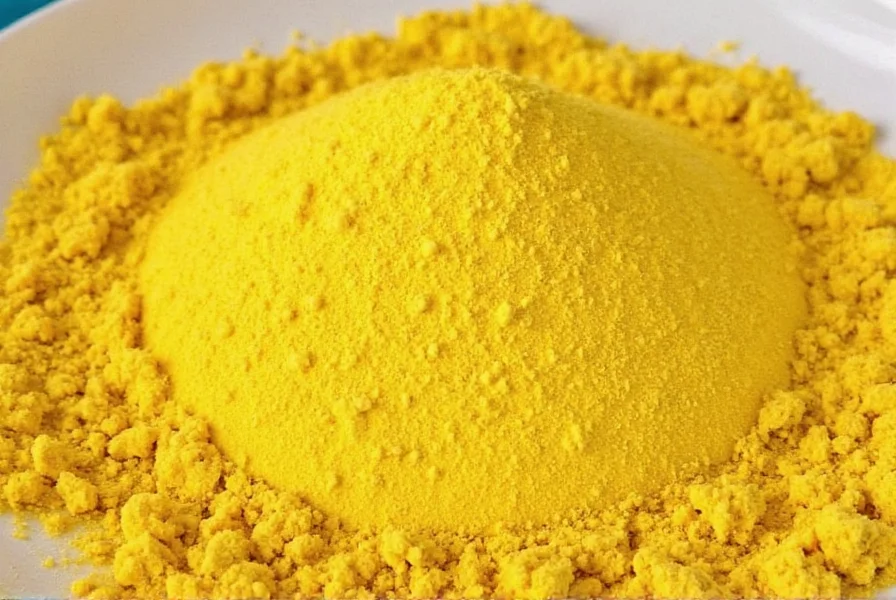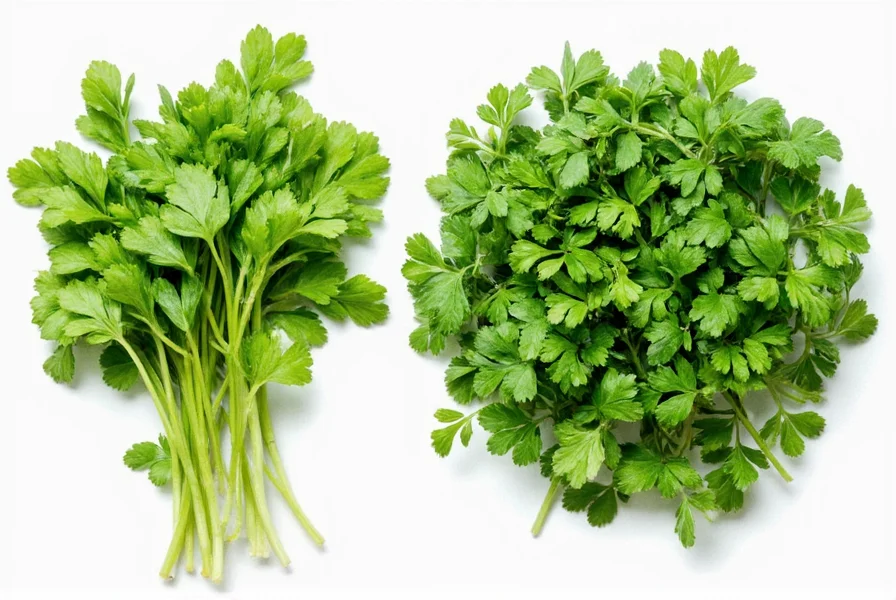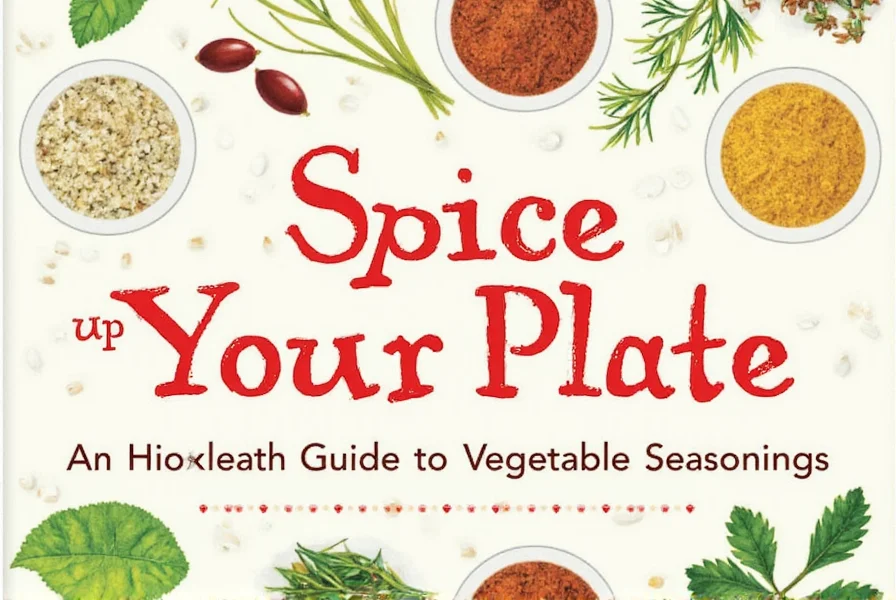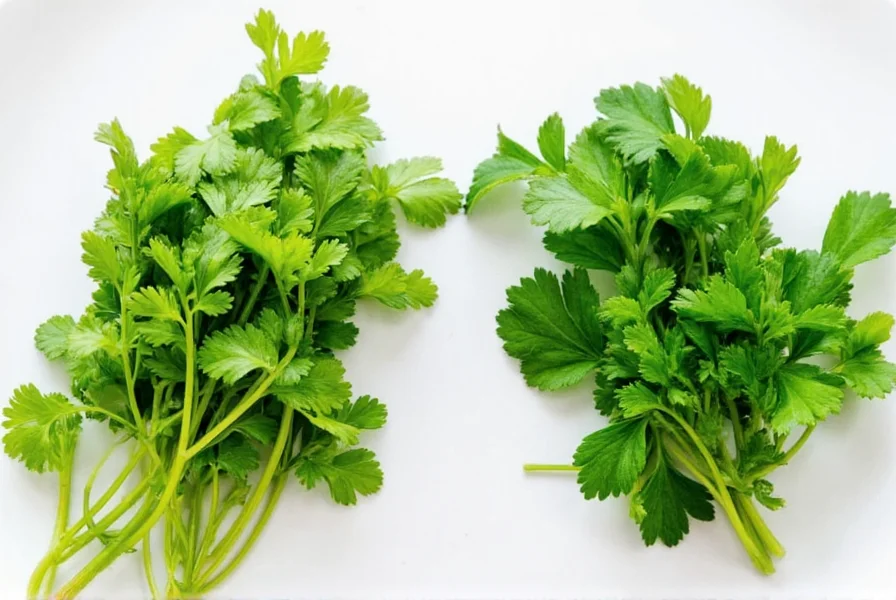Table of Contents
How to Tell Cilantro and Parsley Apart
Cilantro and parsley are frequently confused due to their similar appearance, but they have distinct visual characteristics. Cilantro leaves are more rounded with lacy, delicate edges and a vibrant green hue. Parsley leaves are flatter, more pointed, and have a darker emerald color with a crisper texture. Cilantro stems are thinner and more fragile, while parsley stems are thicker and sturdier. When placed side by side, cilantro appears more delicate and feathery, while parsley looks denser and more uniform.

Flavor Profiles: How They Differ
Cilantro has a bold, citrusy, and sometimes soapy flavor that polarizes people. It's intensely aromatic with lemony notes, making it ideal for Mexican, Thai, and Indian dishes. Parsley offers a mild, grassy, and slightly peppery taste that enhances rather than dominates other ingredients. Its neutral profile makes it perfect for garnishing and balancing flavors in European and Mediterranean cuisine.
| Feature | Cilantro | Parsley |
|---|---|---|
| Flavor | Citrusy, zesty, sometimes soapy | Grassy, peppery, mild |
| Texture | Finely cut, tender | Firm, leafy, slightly fibrous |
| Common Use | Salsa, guacamole, Asian dishes | Garnish, soups, stews |
Culinary Uses: Where to Use Each Herb
Use cilantro when you need a bright, punchy flavor that stands out. It's essential in fresh salsas, Thai curries, Vietnamese pho, and Mexican tacos. Add it at the end of cooking to preserve its delicate aroma. Parsley works in both raw and cooked applications. Use flat-leaf parsley in sauces like chimichurri, tabbouleh, or as a garnish for roasted meats. Curly parsley is ideal for decorative garnishes on soups and salads.

Buying Guide: What to Look for When Purchasing
For Cilantro:
- Look for bright green leaves with no yellowing or wilting
- Check for firm stems and a fresh, citrusy aroma
- Avoid bunches with large gaps between leaves—this indicates age
For Parsley:
- Choose dense, compact bunches with dark green, shiny leaves
- Ensure stems are crisp and not soft or limp
- Parsley stays fresh longer than cilantro—buy extra for meal prep

Storage Tips for Fresh Herbs
For cilantro: Trim stems, place in a glass with 1 inch of water, cover loosely with a plastic bag, and refrigerate. Change water every 2-3 days for 7-10 days of freshness. For parsley: Treat like flowers—trim stems, place in water, cover with a plastic bag, and refrigerate. It lasts 2-3 weeks. Both can be frozen in olive oil for longer storage. Never wash herbs before storing—moisture accelerates spoilage.
Frequently Asked Questions
Why does cilantro taste soapy to some people but not others?
This is due to a genetic variation. Some people have a specific gene (OR6A2) that makes them perceive certain aldehydes in cilantro as soapy. Approximately 21% of East Asians, 17% of Europeans, and 14% of people of African descent experience this soapy taste perception. It's not psychological—it's actually a genetic difference in how your olfactory receptors process the herb's chemical compounds.
Can I substitute cilantro for parsley (or vice versa) in recipes?
You can substitute parsley for cilantro in most dishes without dramatically changing the flavor profile, though you'll lose the citrusy notes. Substituting cilantro for parsley is trickier—it works well in Mexican, Asian, and Latin American dishes but may overpower more delicate European recipes. For the closest substitute when you're out of cilantro, try mixing parsley with a squeeze of lime juice and a pinch of cumin.
Are cilantro and parsley related botanically?
Surprisingly, yes—they're both members of the Apiaceae family (formerly Umbelliferae), which also includes carrots, celery, and dill. However, they belong to different genera: cilantro is Coriandrum sativum, while parsley is Petroselinum crispum. This explains their visual similarities but significant flavor differences. Coriander (the seeds) comes from the same plant as cilantro (the leaves), which often causes confusion.
What are the nutritional differences between cilantro and parsley?
Both are nutrient-dense, but parsley contains significantly more vitamin K (providing over 1000% of your daily needs in a single cup) and vitamin C. Cilantro has higher concentrations of certain antioxidants like quercetin. Parsley also contains more iron and folate, while cilantro has slightly more calcium. Both have detoxifying properties and are low in calories, making them excellent additions to any diet.
Conclusion: Choose Based on Your Needs
The key difference between cilantro and parsley lies in their flavor intensity and culinary applications. Cilantro delivers a bold, citrusy punch perfect for vibrant dishes, while parsley offers a subtle, versatile background flavor. When in doubt, consider the dish's origin: cilantro shines in Latin American and Asian cuisine, while parsley is the go-to for European dishes. Always taste before adding—cilantro's strong flavor can easily overwhelm a dish if used excessively.











 浙公网安备
33010002000092号
浙公网安备
33010002000092号 浙B2-20120091-4
浙B2-20120091-4